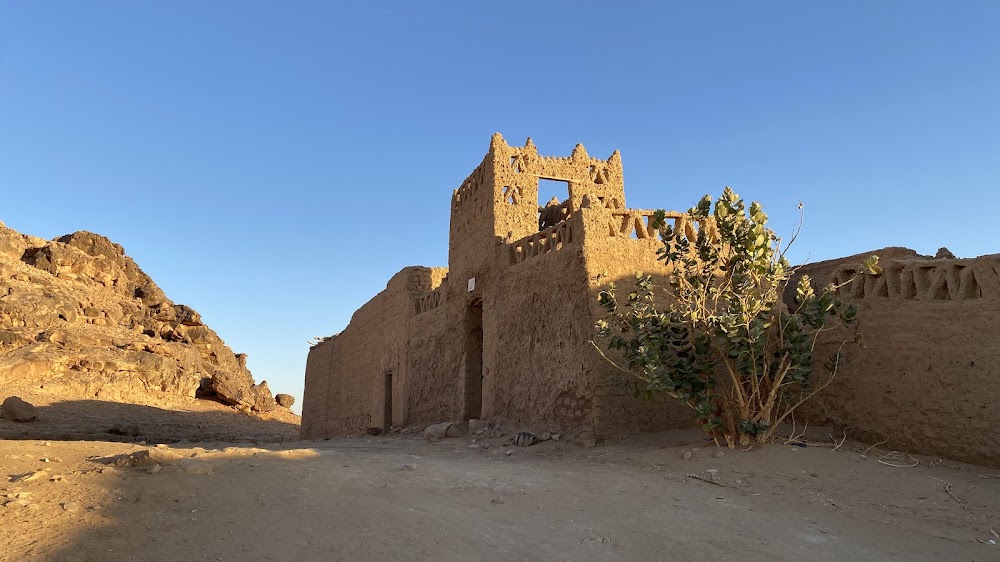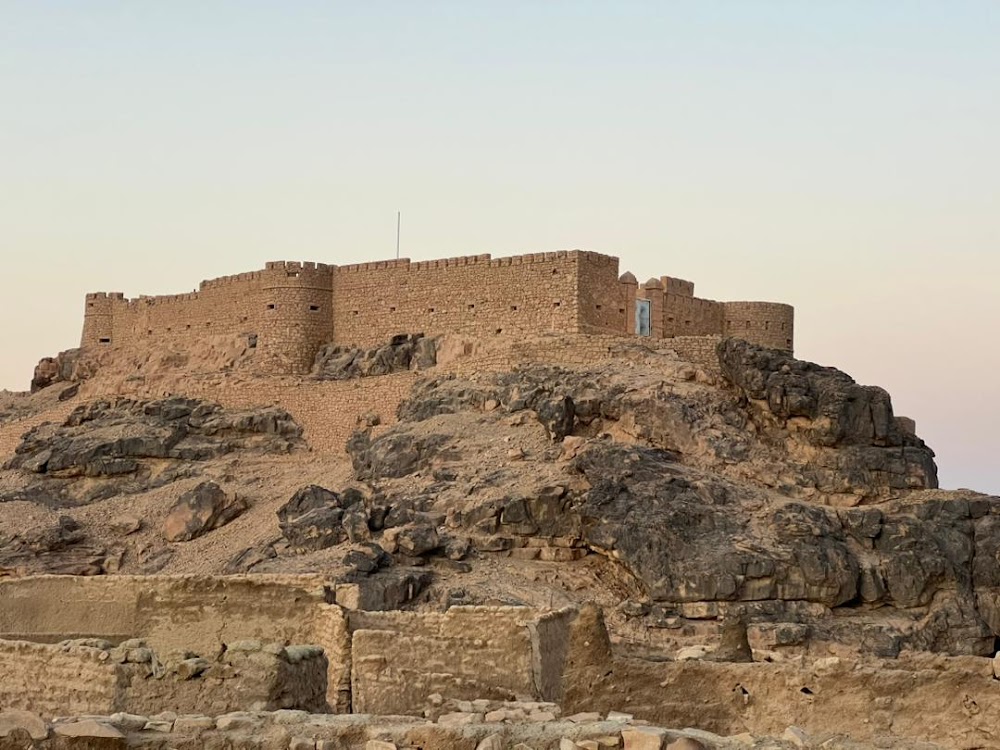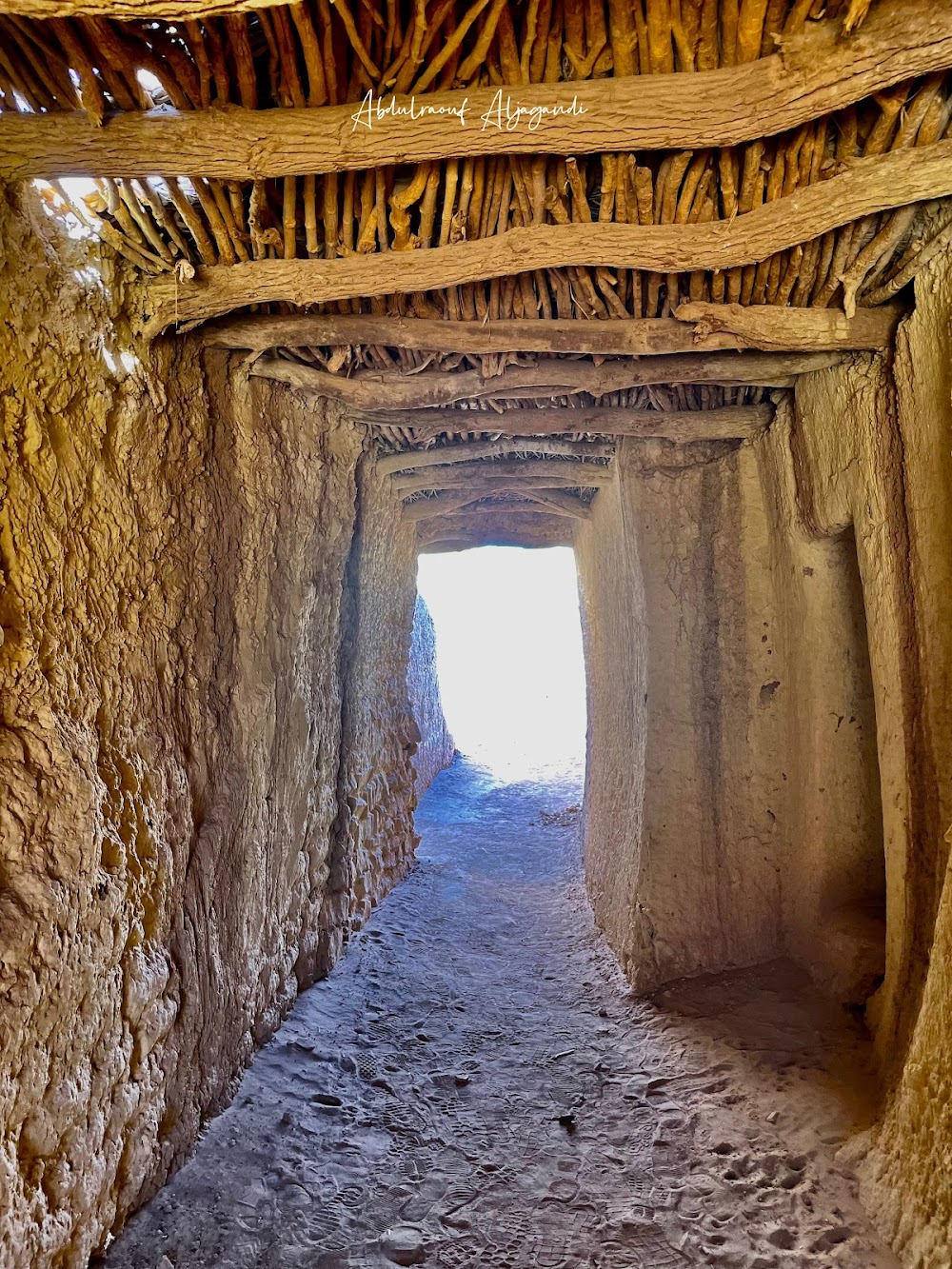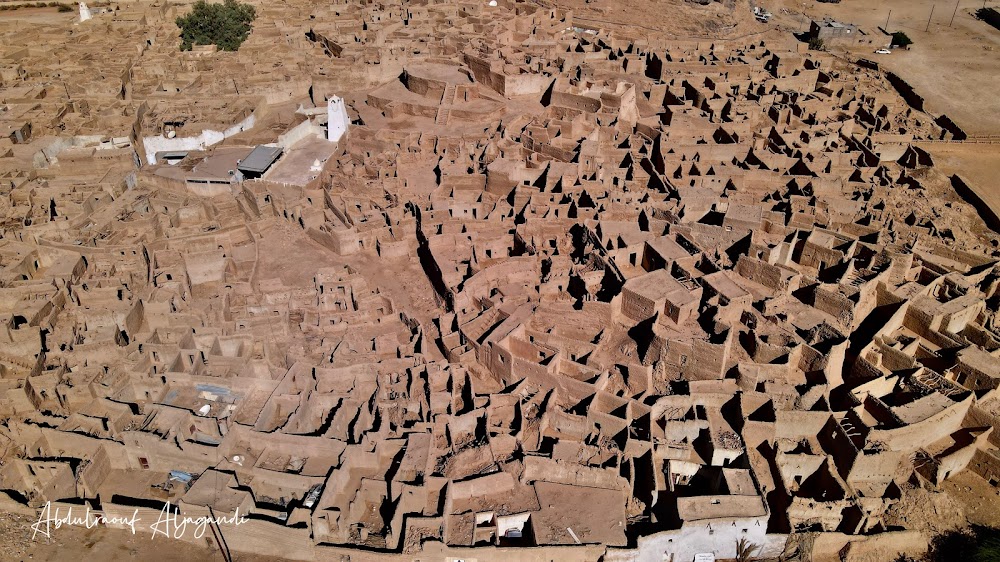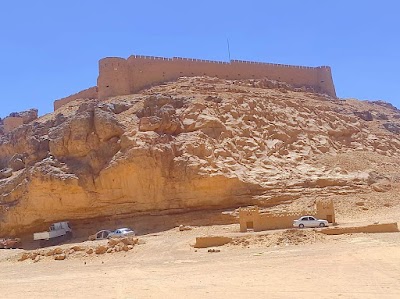Ghat Old Town (البلدة القديمة غات)
Overview
The Old City of Ghat, nestled in the Ghat District of Libya, is a historical jewel located in the southwestern part of the country. This ancient settlement boasts deep roots that trace back to the Garamantian civilization, flourishing between 500 BCE and 500 CE. Its unique position along the trans-Saharan trade routes has resulted in a captivating blend of cultures that continue to influence the region today.
Historical Significance
Ghat's strategic location made it a bustling hub for traders, nomads, and various civilizations over the centuries. Serving as a crucial stopover for caravans transporting valuable goods such as gold, ivory, salt, and slaves, Ghat became a melting pot of traditions, languages, and architectural styles, enriching its cultural tapestry.
Architectural Marvels
The architecture of Old Ghat is particularly remarkable, with buildings primarily constructed from local materials like mud bricks, palm trunks, and stones. These materials were selected not only for their abundance but also for their ability to keep interiors cool in the intense desert heat. The structures exhibit distinct Sahelian and Arab architectural styles, featuring narrow, winding streets, arched doorways, and flat-roofed houses that invite exploration.
The Iconic Fort
Among the most notable structures in Old Ghat is the Fort, or "Ksour," which stands proudly as a reminder of the city's history as a protective fortress. Perched on a hilltop, the Fort offered a vantage point to guard against potential invaders. Its imposing walls, built from rammed earth and paved stones, showcase the ingenuity of ancient builders who utilized local resources to create enduring fortifications.
Religious Heritage
The mosques in Ghat also reflect the city's rich history, with the Sidi Aissa Mosque serving as a prominent religious and cultural landmark. Constructed using traditional methods, this mosque features mud-brick walls and a central courtyard for communal gatherings. Its tall minaret has guided the faithful for centuries, symbolizing the enduring spirit of the community.
Agricultural Innovations
Historically, Ghat's economy thrived on its role as a trade center, but agriculture also played a vital role in sustaining the local population. Inhabitants developed an oasis-based farming system, cleverly utilizing underground aquifers to irrigate date palms, fruits, and vegetables. This innovative approach ensured a stable food supply in the arid landscape, reflecting the resilience of the people.
Preservation Efforts
Today, the Old City of Ghat stands as a testament to the area's resilience and historical significance. While many original structures have weathered the test of time, concerted efforts are underway to preserve and restore this invaluable heritage. Local communities and international organizations are collaborating to maintain the architectural integrity and cultural legacy of Old Ghat, ensuring its stories continue to be told.
Visitor Experience
For those visiting Old Ghat, a journey through its labyrinthine streets offers a chance to immerse themselves in its storied past. Visitors can observe traditional craftsmanship and experience the vibrant cultural practices that thrive here. Festivals, traditional music, and artisanal crafts are integral aspects of life in Ghat, providing a glimpse into the centuries-old traditions that have shaped this remarkable city.
In conclusion, the Old City of Ghat is a living museum that showcases the rich tapestry of Libyan history and culture. Its strategic position as a trade hub, combined with its unique architectural styles and traditional ways of life, makes it an invaluable part of Libya's heritage. Ghat deserves admiration and preservation for future generations, inviting all who visit to appreciate its historical and cultural significance.


